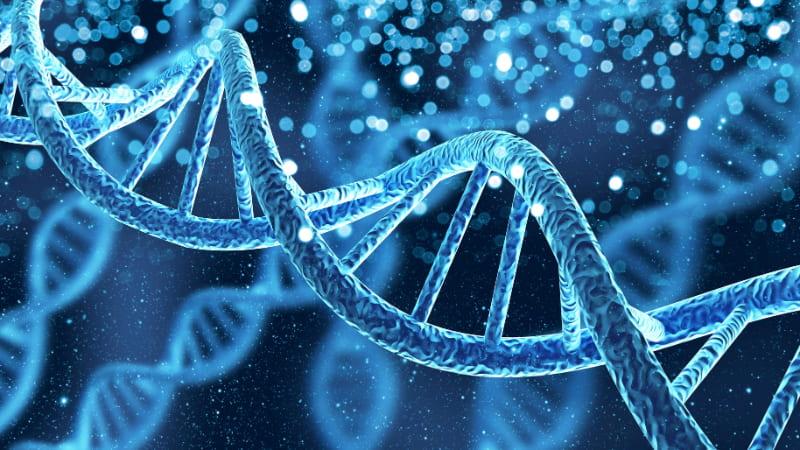
Cartilage-hair hypoplasia
Cartilage-hair hypoplasia (CHH) is a skeletal dysplasia sometimes also referred to as immunodeficiency with short-limbed dwarfism. It is caused by mutations in the ribonuclease mitochondrial RNA-processing (RMRP) gene.

The more you understand about primary immunodeficiency (PI), the better you can live with the disease or support others in your life with PI. Learn more about PI, including the various diagnoses and treatment options.

Living with primary immunodeficiency (PI) can be challenging, but you’re not alone—many people with PI lead full and active lives. With the right support and resources, you can, too.

Be a hero for those with PI. Change lives by promoting primary immunodeficiency (PI) awareness and taking action in your community through advocacy, donating, volunteering, or fundraising.

Whether you’re a clinician, researcher, or an individual with primary immunodeficiency (PI), IDF has resources to help you advance the field. Get details on surveys, grants, and clinical trials.

Cartilage-hair hypoplasia (CHH) is a skeletal dysplasia sometimes also referred to as immunodeficiency with short-limbed dwarfism. It is caused by mutations in the ribonuclease mitochondrial RNA-processing (RMRP) gene.
Related gene: RMRP
Inheritance pattern: Autosomal recessive
Cartilage-hair hypoplasia (CHH) is a skeletal dysplasia inherited as an autosomal recessive trait. CHH is sometimes also referred to as immunodeficiency with short-limbed dwarfism. It is caused by variants in the ribonuclease mitochondrial RNA-processing (RMRP) gene. Common features of the disorder include short stature with short limbs; fine, sparse, fragile hair; varying degrees of immunodeficiency; Hirschsprung disease (HD) with associated enterocolitis; increased risk of bone marrow failure; and susceptibility to blood cancers. Individuals with CHH have normal intelligence and achieve normal developmental milestones throughout childhood.
Impairment of immune function is the greatest health risk among persons with CHH. Cell-mediated immunodeficiency is most commonly reported. Individuals may develop severe infections like Pneumocystis jirovecii pneumonia, cytomegalovirus (CMV) pneumonitis, or severe oropharyngeal candidiasis. Sinopulmonary infections suggestive of humoral immune deficiency are also common, requiring Ig replacement therapy. Among adults, there is higher incidence of hematologic malignancy including lymphoma, squamous cell carcinoma, and leukemia. Autoimmune disease, like autoimmune hemolytic anemia, immune thrombocytopenia, and juvenile idiopathic arthritis, is also reported in the disease. Granulomatous inflammation of the skin and visceral organ is present and responsive to various immune-suppressive medications.
There is not a clear pattern of immunodeficiency among people with CHH, and they may have variable cellular and humoral deficiency. Surveillance for immunodeficiency, malignancy, and autoimmune disease is important for all with CHH. Administration of live, attenuated vaccines is not recommended without first demonstrating normal T cell responses. Hematopoietic stem cell transplantation (HSCT) reverses the immune defect for SCID in the setting of CHH, and associated autoimmunity also resolves after transplantation. However, HSCT does not improve the musculoskeletal or growth features of the syndrome. Transplantation before the development of serious infections, significant organ damage, and/or malignancy improves survival for those individuals.
Read the latest research on cartilage-hair hypoplasia on PubMed. Note that not all publications listed in PubMed are freely available; some require a subscription to the publishing journal.
Browse researchSome patients with less common cellular immunodeficiencies may have severe immunodeficiency with early onset and significant morbidity and mortality, while others have only mild problems. Patients with these types of deficiencies have some defect in their T-cell (cellular) immune system, resulting in a different spectrum of infection problems than those individuals with typical antibody deficiency. These include deep-seated bacterial infections, viral and fungal infections, tuberculosis, and other mycobacterial infections. Cellular immunodeficiencies are usually more difficult to treat and may need cellular reconstitution via hematopoietic stem cell transplantation or gene therapy.
This page contains general medical and/or legal information that cannot be applied safely to any individual case. Medical and/or legal knowledge and practice can change rapidly. Therefore, this page should not be used as a substitute for professional medical and/or legal advice. Additionally, links to other resources and websites are shared for informational purposes only and should not be considered an endorsement by the Immune Deficiency Foundation.
Adapted from the IDF Patient & Family Handbook for Primary Immunodeficiency Diseases, Sixth Edition.
Copyright ©2019 by Immune Deficiency Foundation, USA
Receive news and helpful resources to your cell phone or inbox. You can change or cancel your subscription at any time.





The Immune Deficiency Foundation improves the diagnosis, treatment, and quality of life for every person affected by primary immunodeficiency.
We foster a community that is connected, engaged, and empowered through advocacy, education, and research.
Combined Charity Campaign | CFC# 66309
